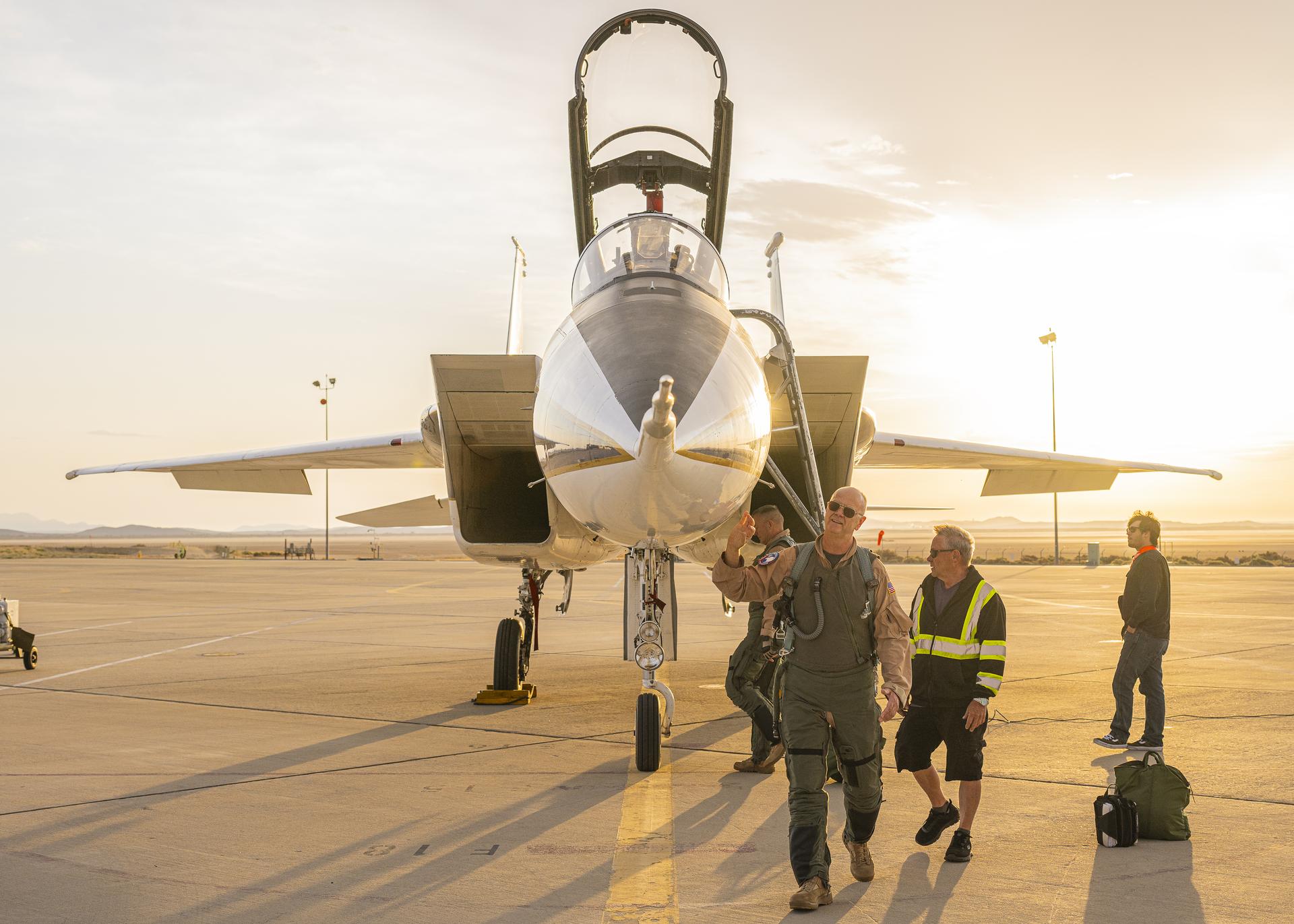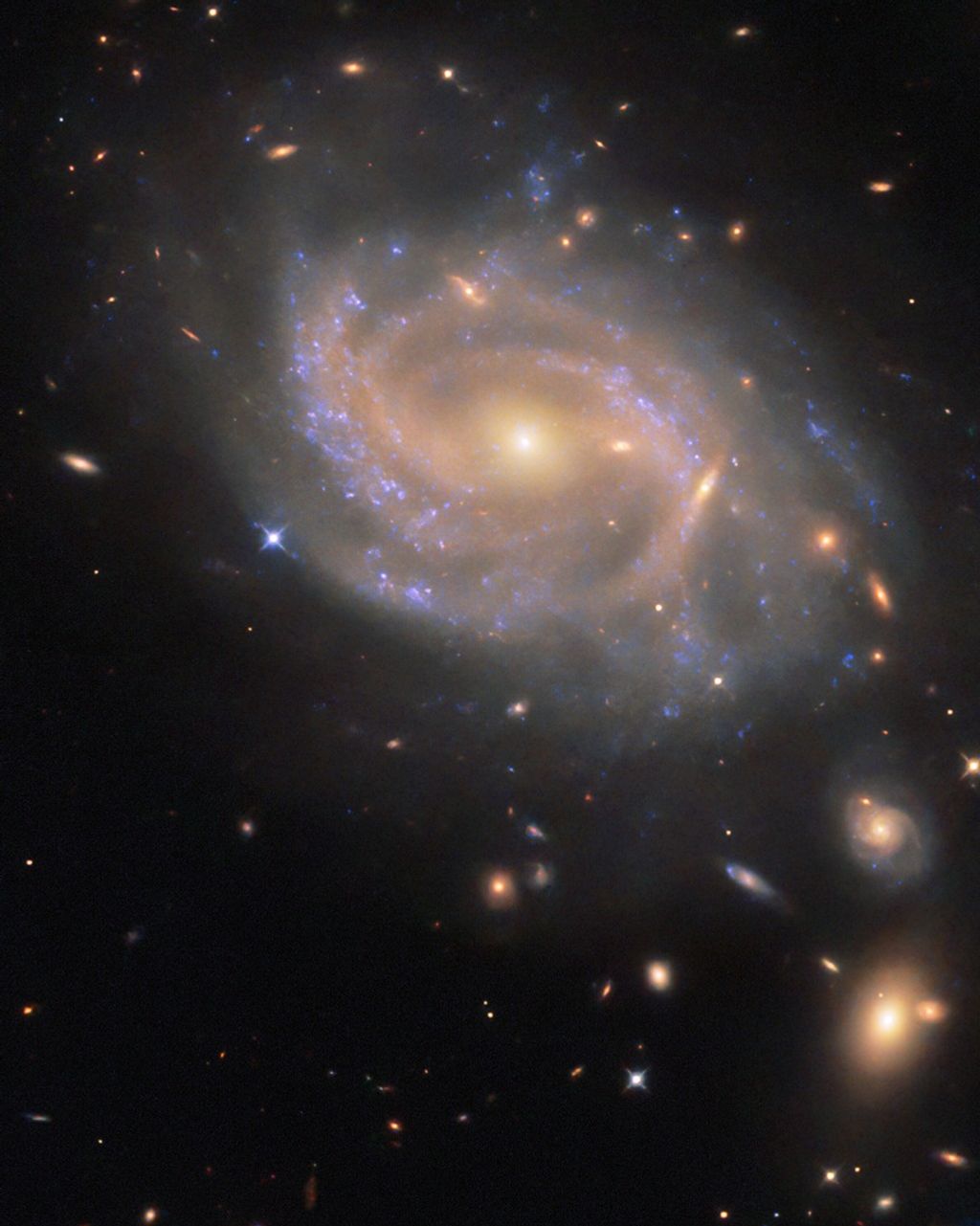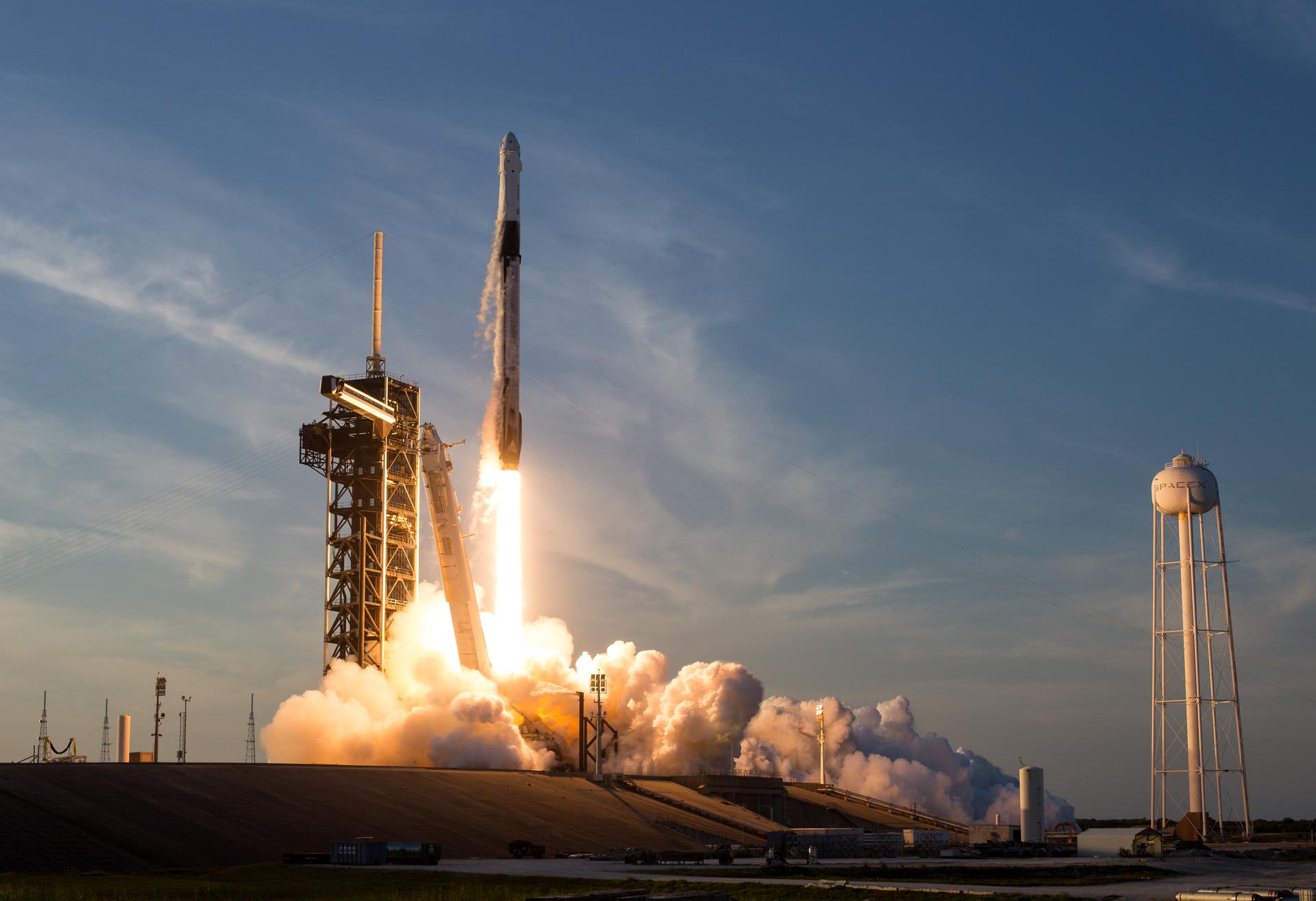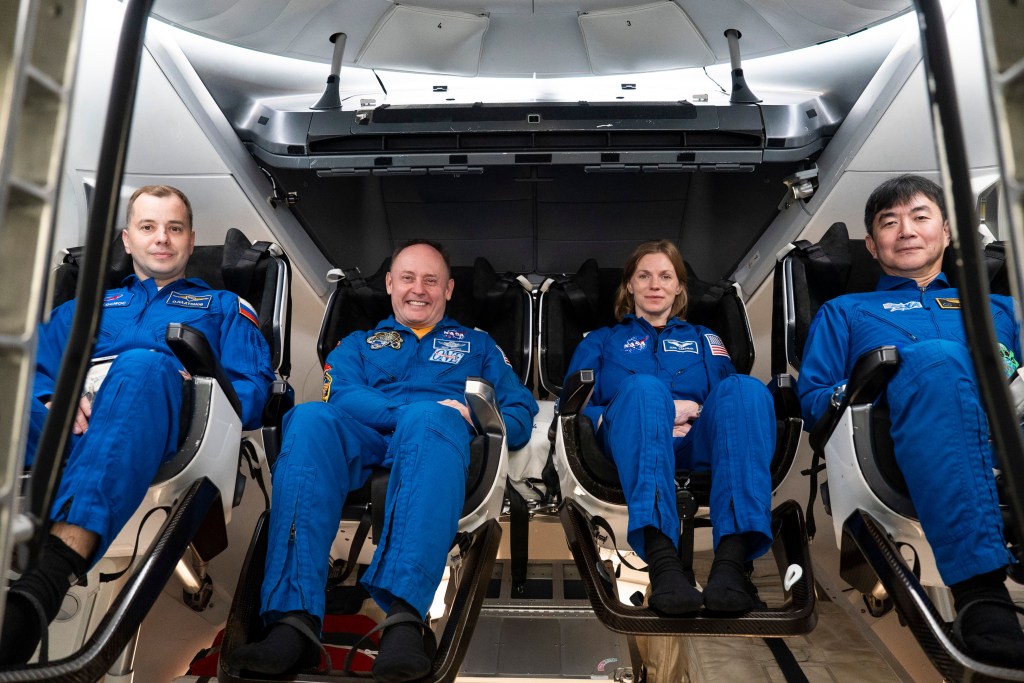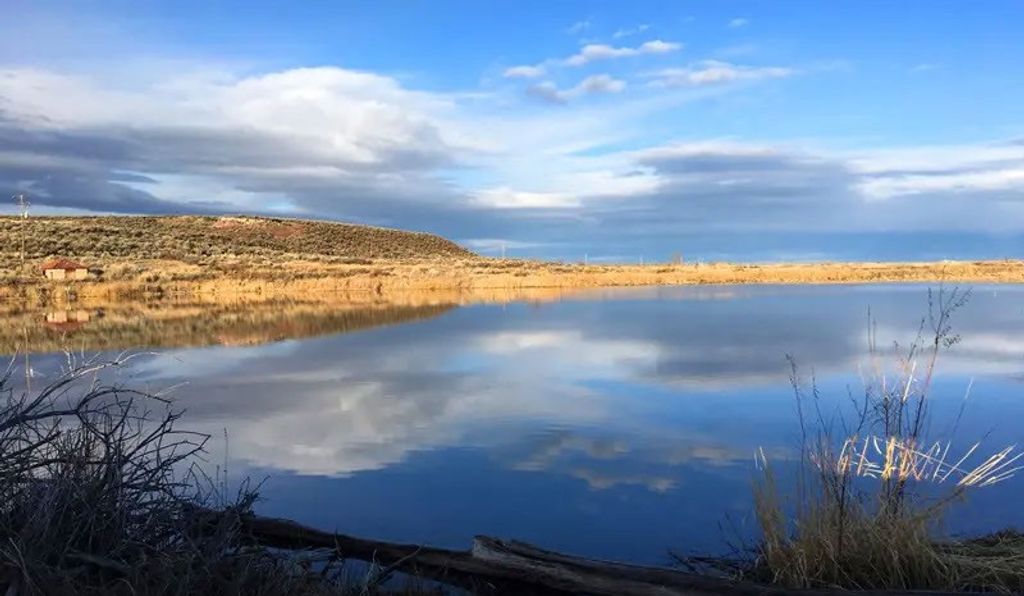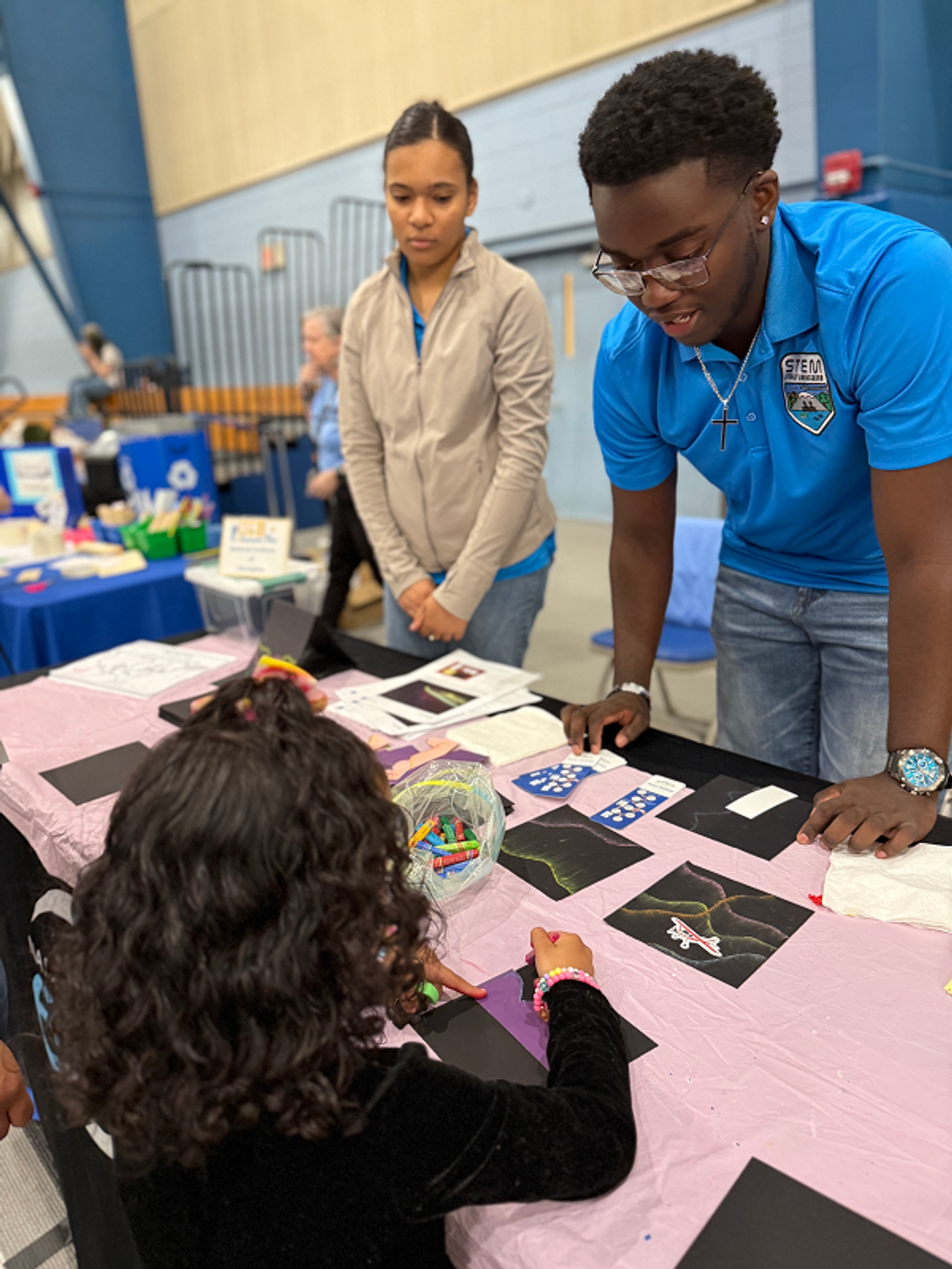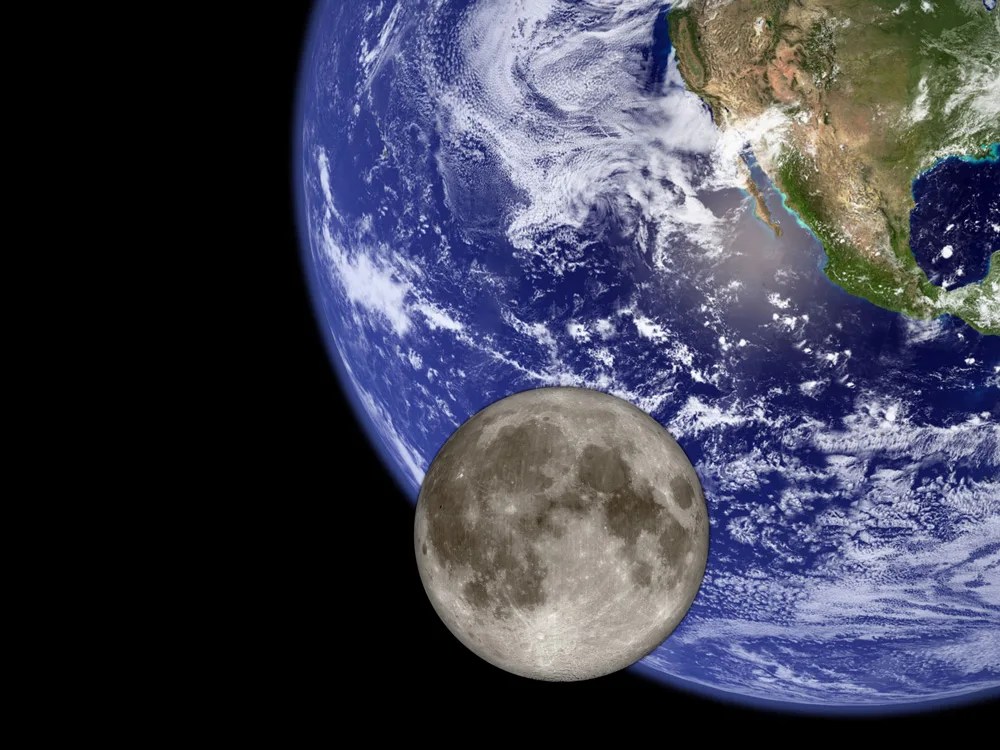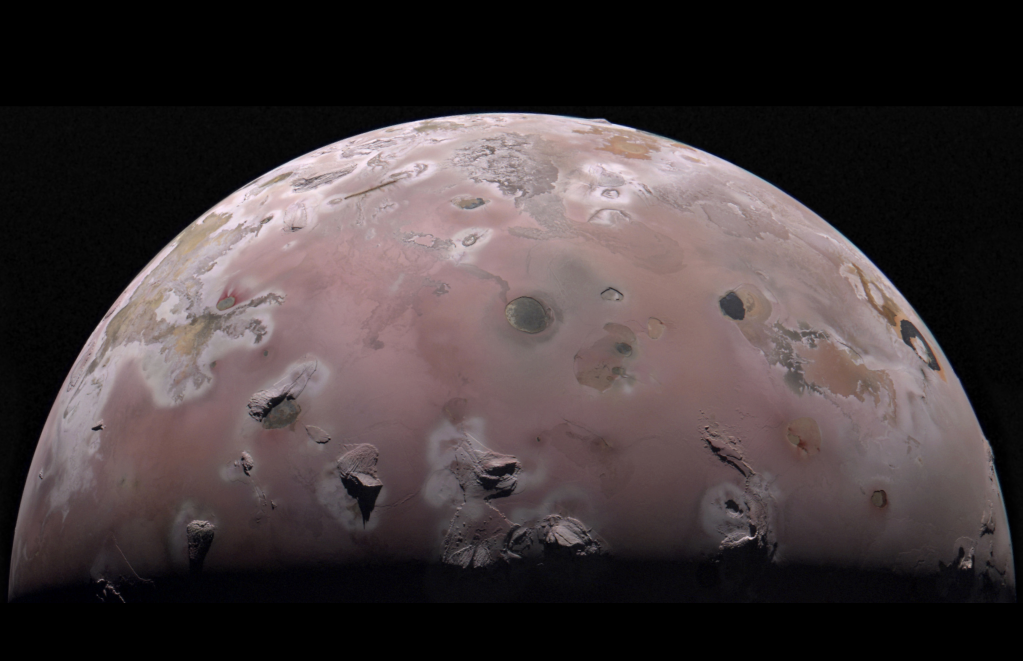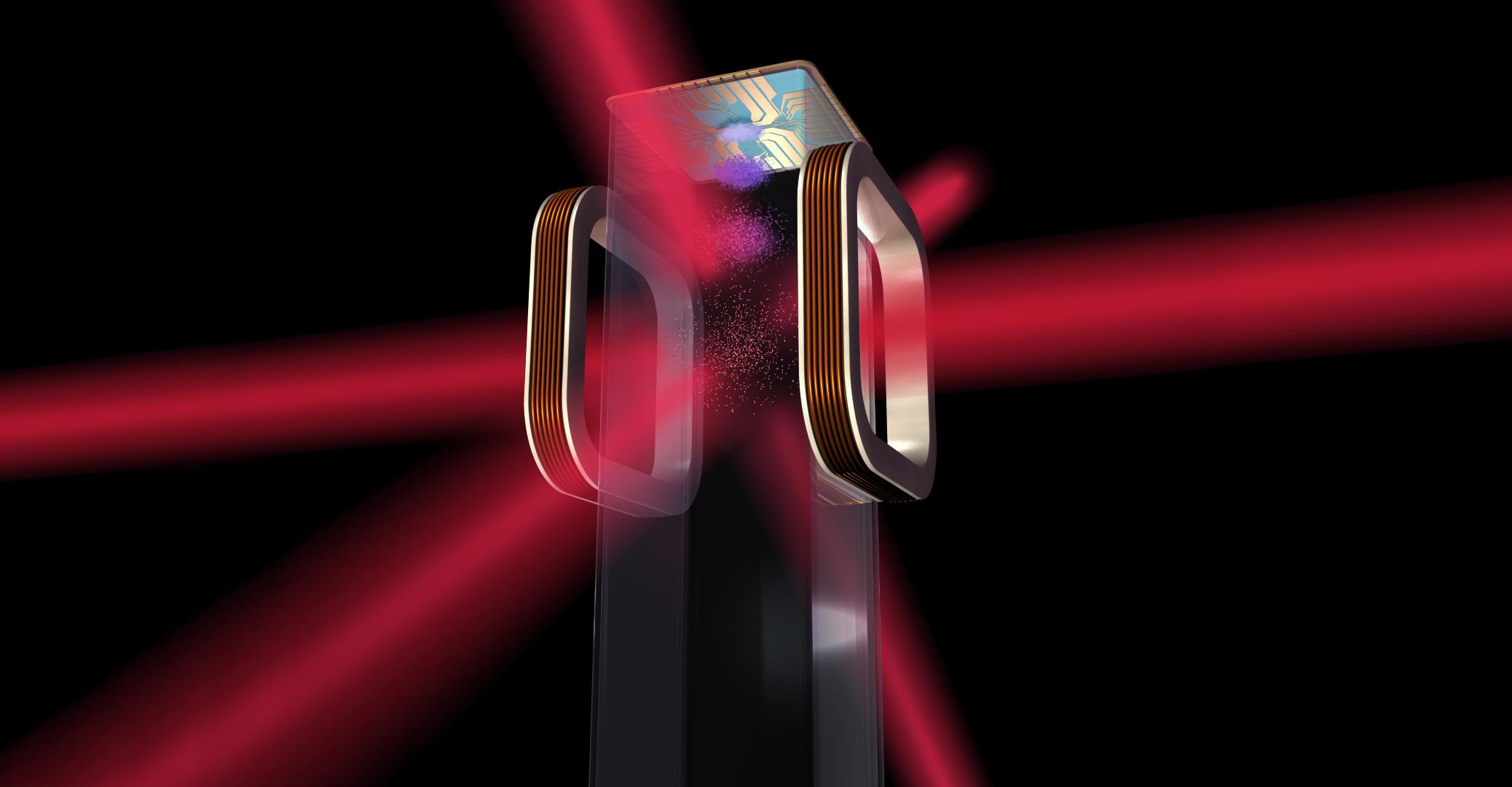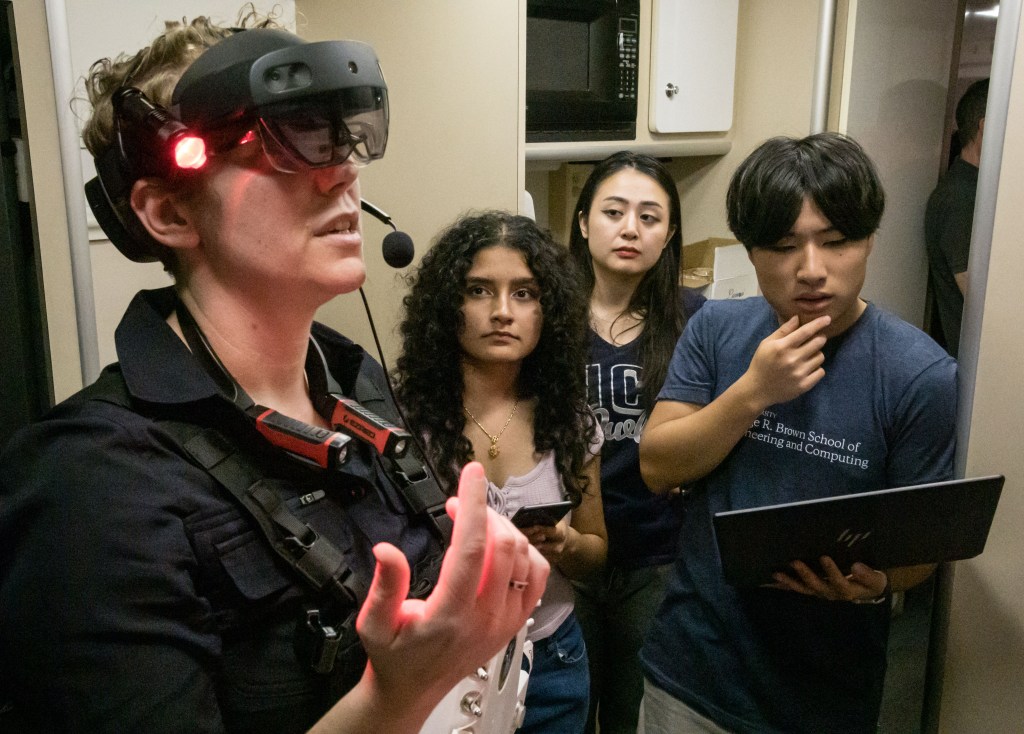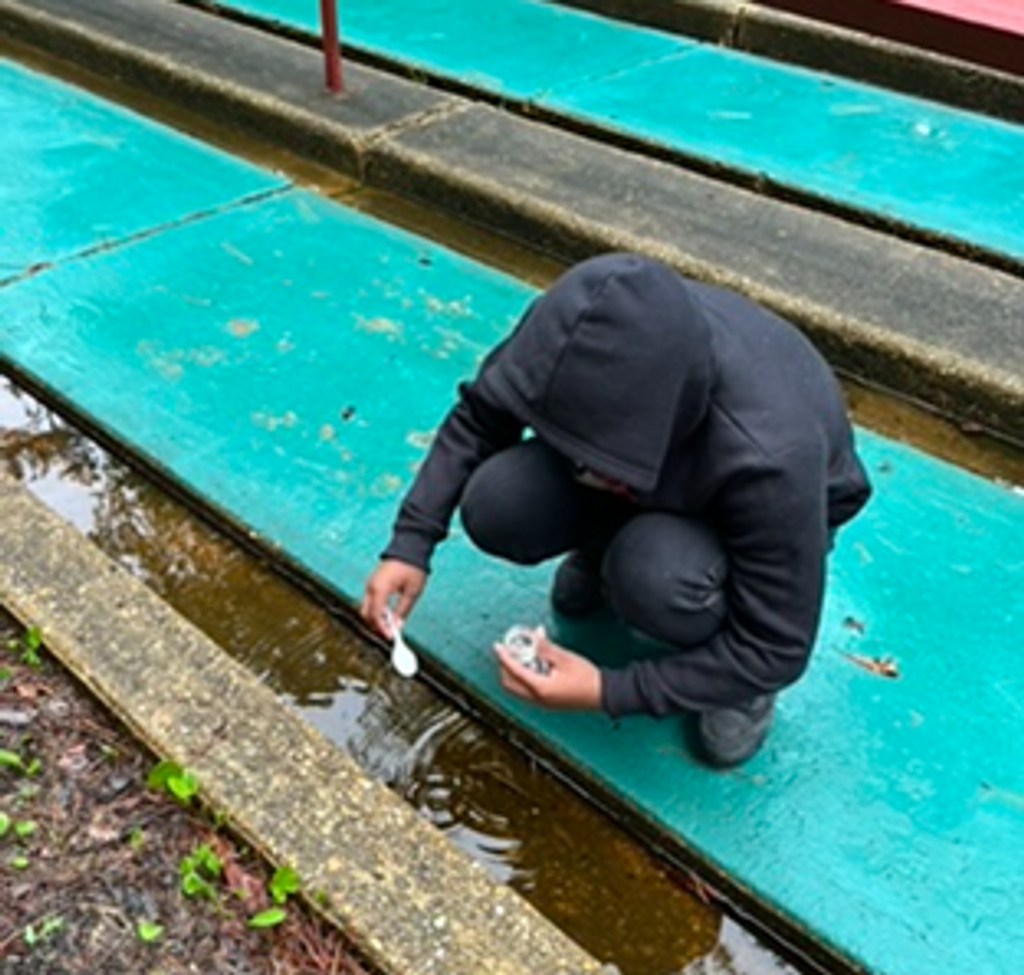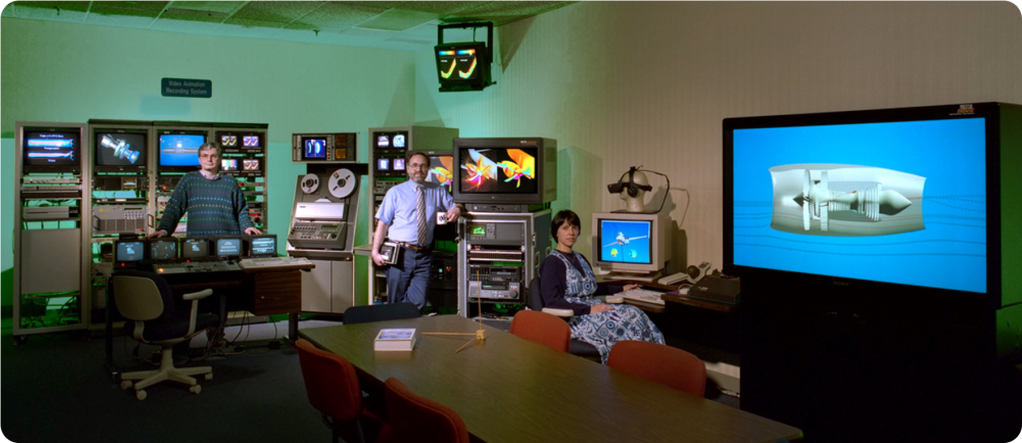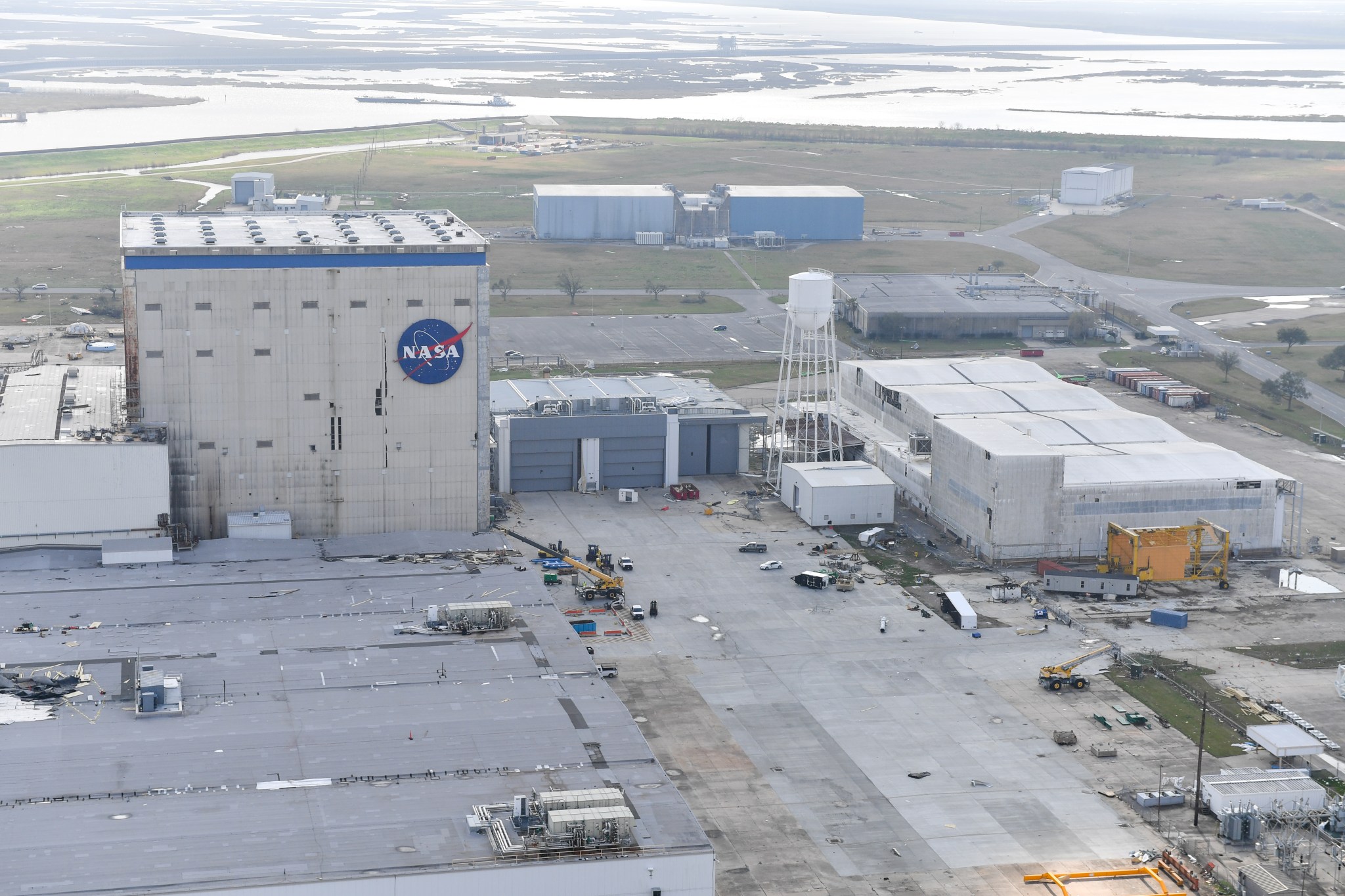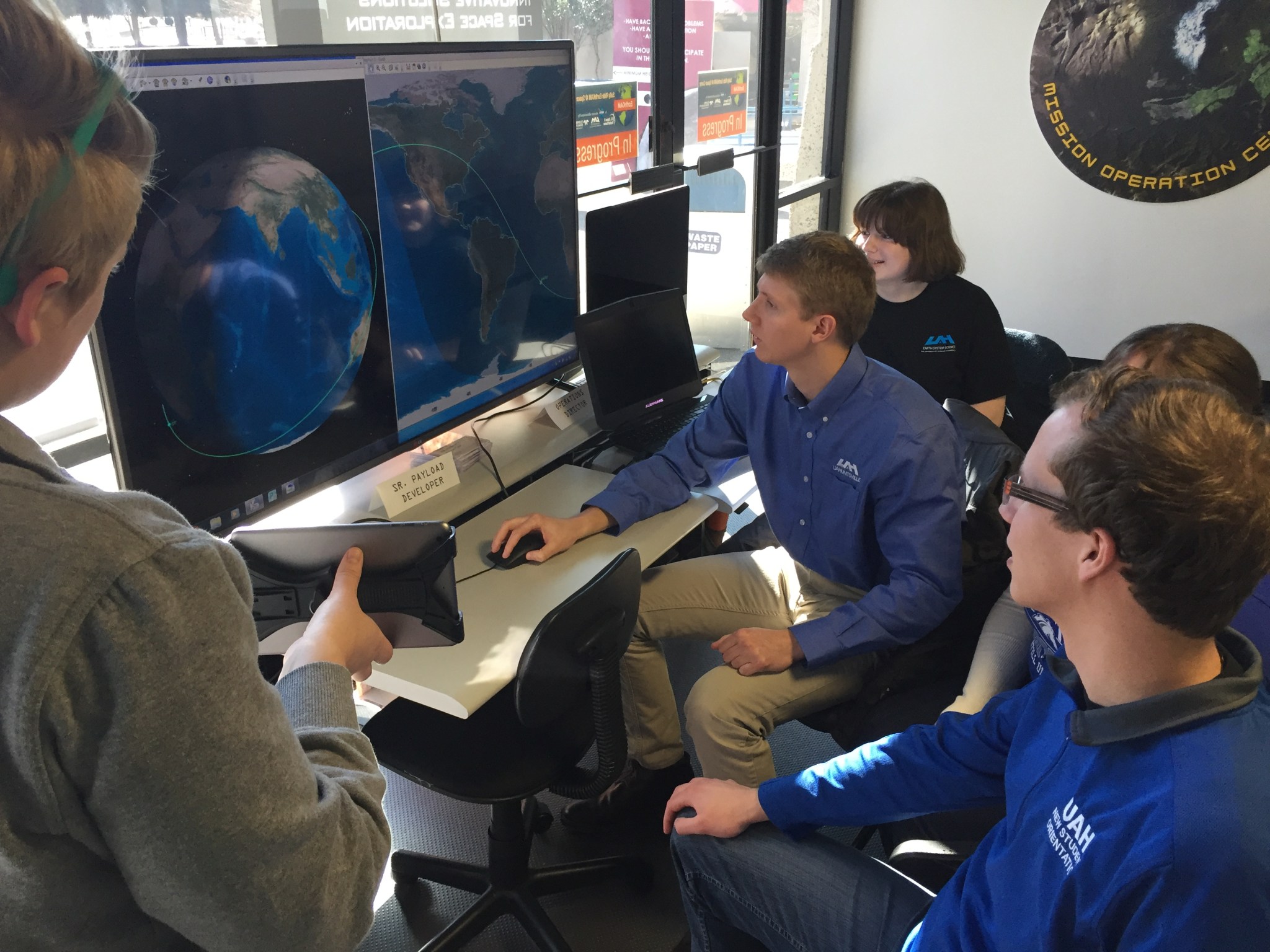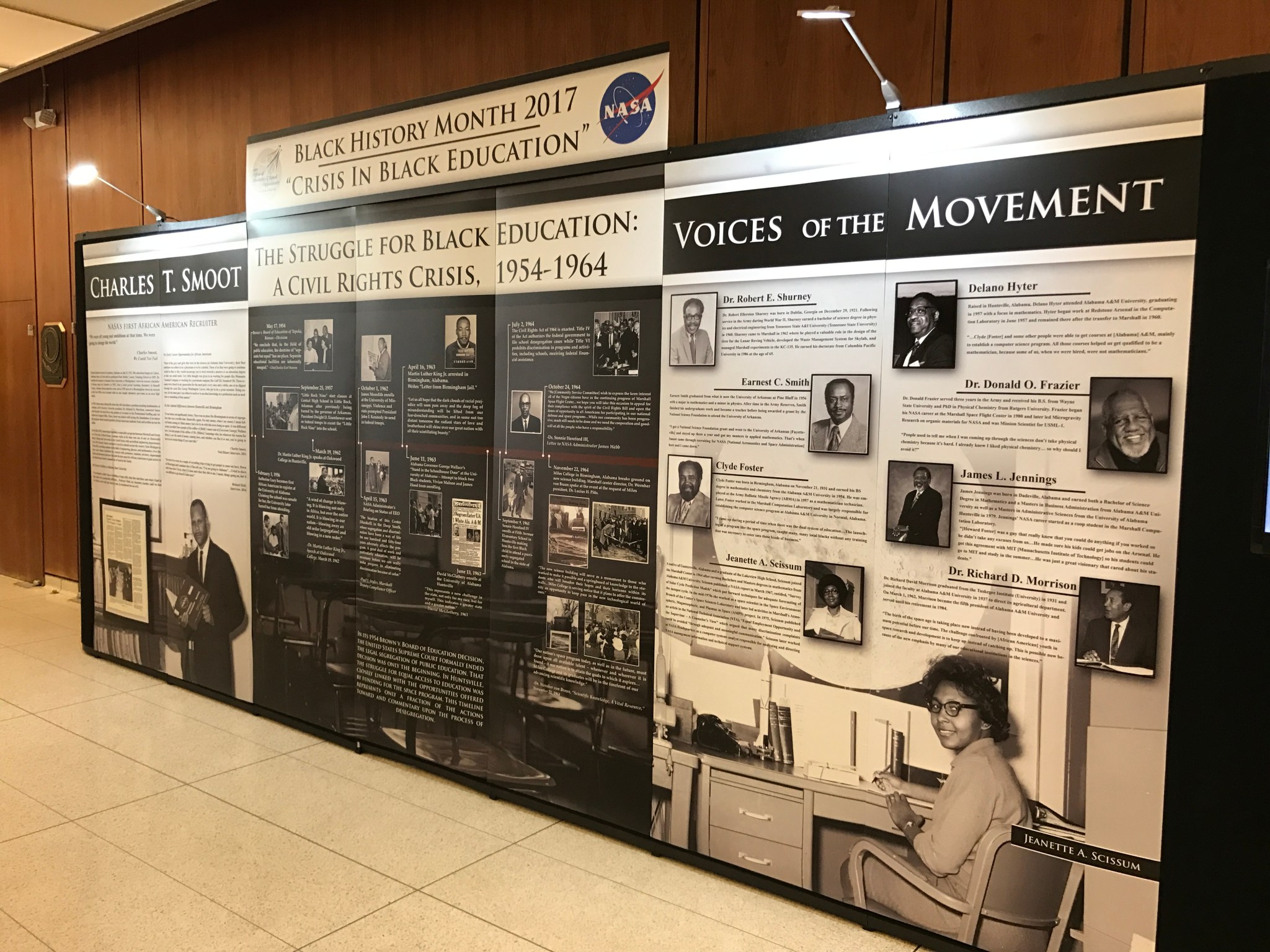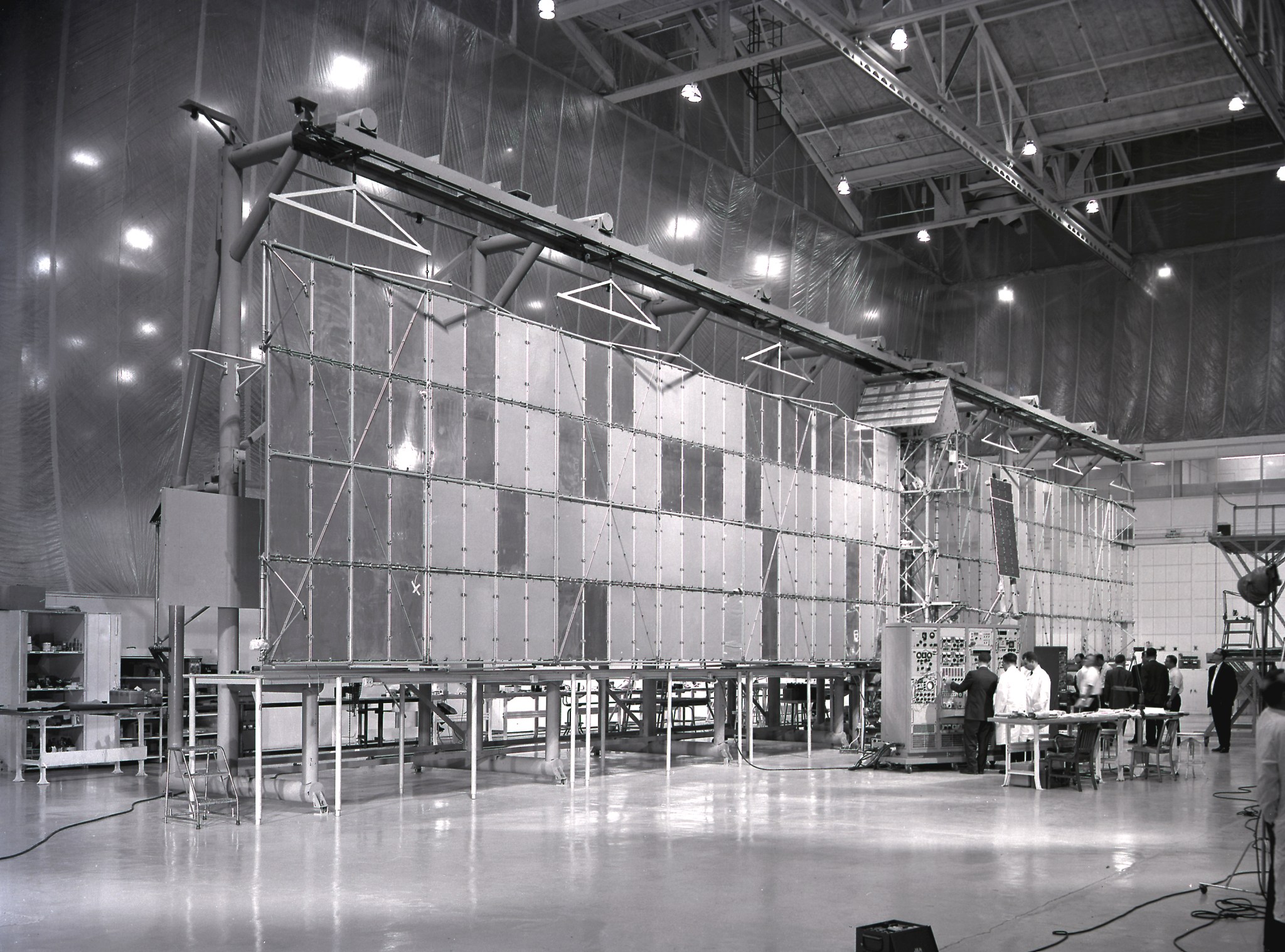In This Week’s Star
- Michoud Assembly Facility Reopens in Wake of Tornado
- Marshall, UNA Sign Space Act Agreement
- Students Reach for the Stars for a Better View of Earth
- Marshall Exhibit Examines ‘The Crisis in Black Education’ as Part of Black History Month Recognition
- This Week in NASA History: First Pegasus Satellite Launches — Feb. 16, 1965
- Michoud Tornado Recovery Efforts and EM-1 Flight Hardware Featured on ‘This Week @NASA’
- Obituaries
Michoud Assembly Facility Reopens in Wake of Tornado
NASA’s Michoud Assembly Facility has reopened and recovery efforts continue in the wake of a tornado that ripped through New Orleans East and hit the facility at 11:25 a.m. Feb. 7.
“Thanks to the tremendous effort of the Michoud team, NASA team members and most tenants were back at work in less than a week. Thank you for everything you’re doing,” said NASA Marshall Space Flight Center Director Todd May. Marshall manages Michoud for the agency, and May inspected damage and met with recovery teams Feb. 9.
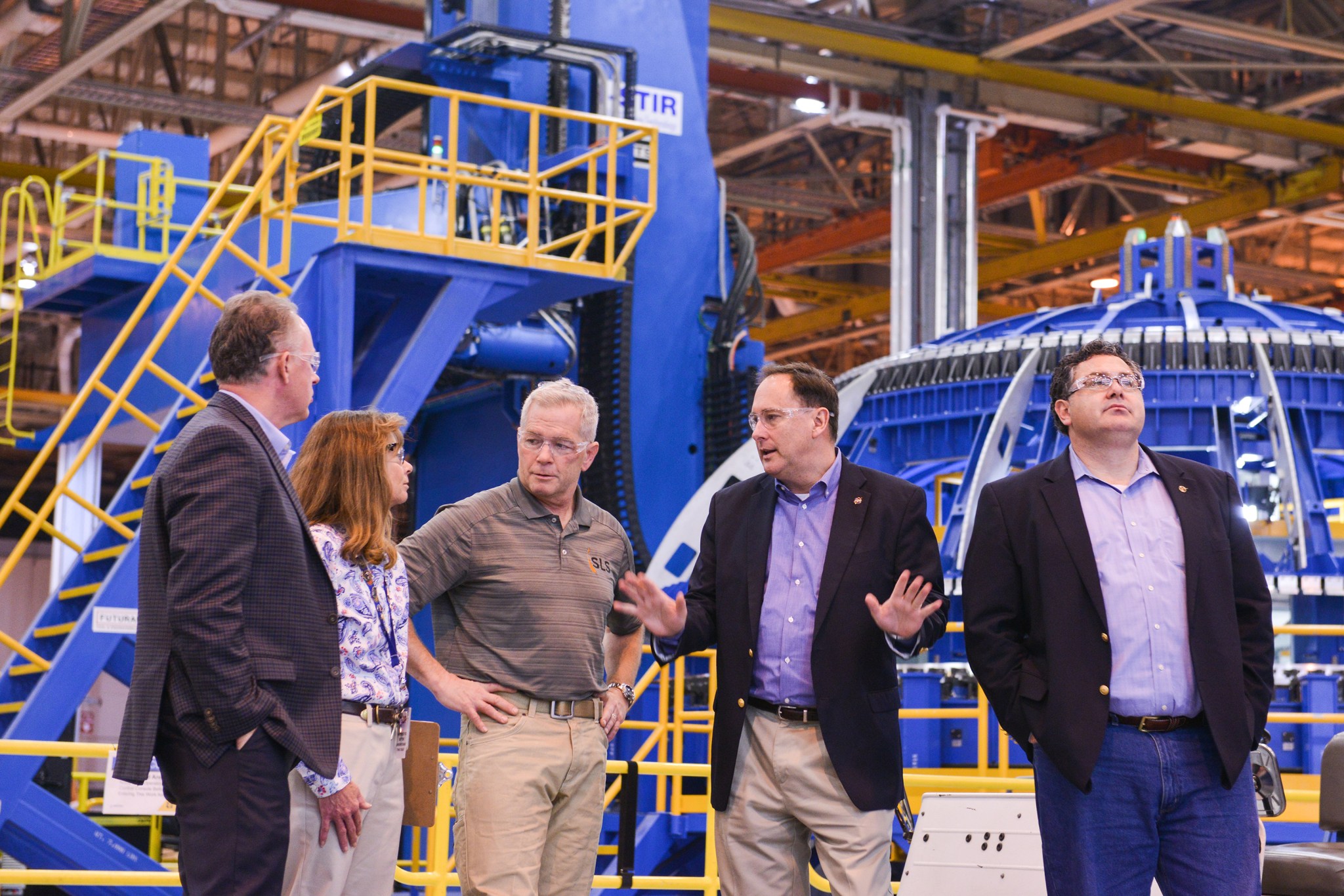
Only five team members sustained injuries during the storm, but approximately 50 percent of the buildings sustained some damage, with three buildings suffering significant damage. By Feb. 13, the facility reopened for normal operations, with a few exceptions, and Michoud Safety and Security completed an initial damage assessment of the 81 buildings and structures at the 829-acre facility. Power and utilities are restored to most of the site, and the team has made steady progress clearing debris, repairing buildings and helping employees remove damaged cars.
The NASA and Boeing teams are back at work in Building 103, NASA’s 43-acre rocket factory where NASA’s Space Launch System core stage and the Orion spacecraft are being built. There was no reported damage to SLS or Orion flight hardware that has been inspected, but assessments of some hardware are still underway as work areas are powered up and confirmed safe for people. The Pegasus barge docked at Michoud was not damaged.
Marshall, UNA Sign Space Act Agreement
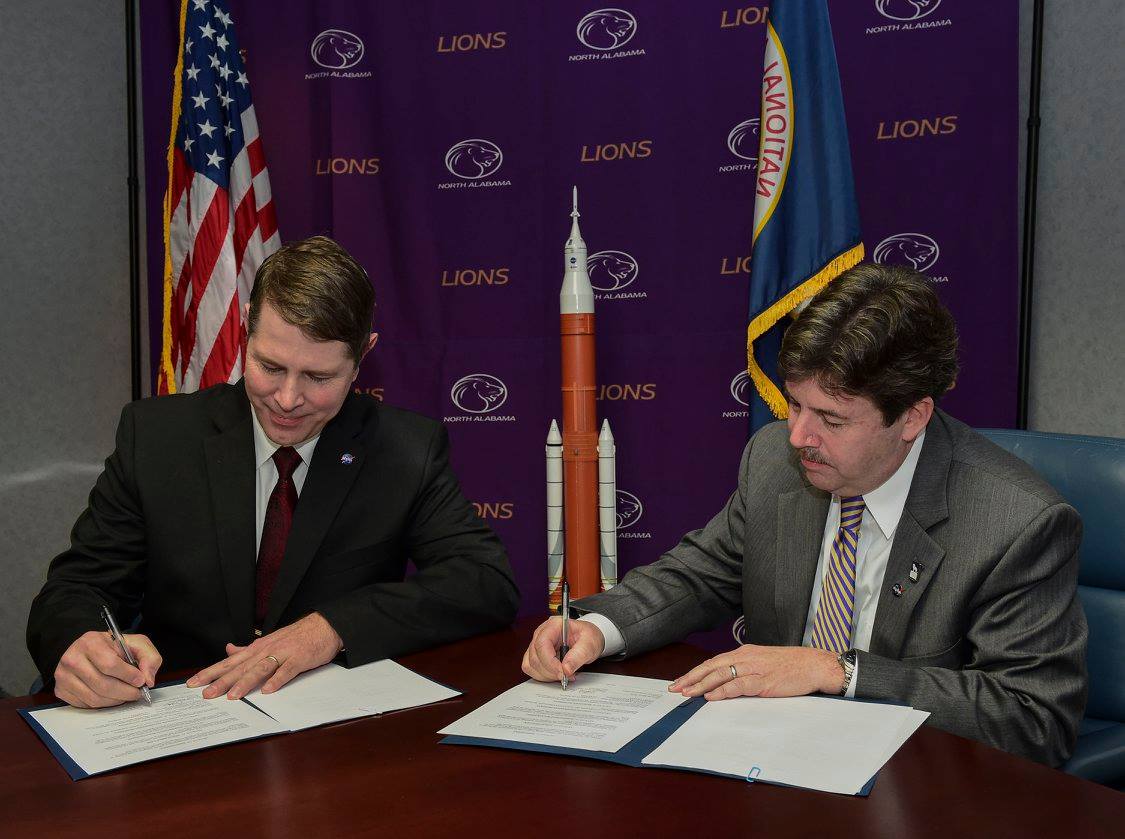
David Burns, left, director of the Science Technology Office at NASA’s Marshall Space Flight Center, and Kenneth Kitts, president of the University of North Alabama in Florence, sign a Space Act agreement Feb. 7. The agreement will allow UNA students to gain experience in conducting market analysis and commercialization methods of NASA patents. NASA enters into Space Act agreements with various partners to advance NASA mission and program objectives. (NASA/MSFC)
Students Reach for the Stars for a Better View of Earth
By Bill Hubscher
A program hosted by the U.S. Space & Rocket Center in Huntsville is literally changing the way thousands of students around the world view our planet.
On Feb. 6, crew members on the International Space Station began another week-long round of the Sally Ride Earth Knowledge Acquired by Middle School Students investigation, which is run out of the Space & Rocket Center — the official visitors center for NASA’s Marshall Space Flight Center.
Russian cosmonaut Sergey Ryzhikov configured a dedicated camera as part of Sally Ride EarhKAM to capture Earth observations for classrooms. The program — created by the veteran astronaut who was America’s first woman in space — invites students to request photographs of specific Earth features when the station passes over that area. The images are posted online for the public and for students in participating classrooms around the world to study.
The most recent session captured image requests for more than 22,000 students from 311 schools representing 36 countries. EarthKAM is the only program providing students with such direct control of an instrument on a spacecraft orbiting Earth, teaching them about environmental science, geography and space communications.
During the session in space, the ground team behind EarthKAM held a Facebook Live event at their space museum headquarters, taking questions from the public about some of the dynamic images they have captured over the years.
Sally Ride EarthKAM is co-managed by Teledyne Brown Engineering in Huntsville, and staffed by students from the University of Alabama in Huntsville.
For the latest discoveries being made on station, check out the Space Station Research & Technology webpage or follow @ISS_Research on Twitter.
Hubscher, an ASRC Federal/Analytical Services employee, supports the Office of Communications.
Marshall Exhibit Examines ‘The Crisis in Black Education’ as Part of Black History Month Recognition
By Brian Odom, Marshall historian
An exhibit in the lobby of Building 4200 at NASA’s Marshall Space Flight Center offers a study of the “Crisis in Black Education.” The display highlights key moments of the civil rights movement from 1954-1964 and shares the experiences of black Marshall team members, who tell their unique, first-hand stories of working for NASA during the period.
“Crisis in Black Education” is the 2017 theme for the Association for the Study of African American Life and History — an organization who promotes, researches, preserves, interprets and disseminates information about black life, history and culture to the global community.
The early years of America’s space program were highlighted by the contentious Space Race between the United States and the Soviet Union, but in the Southern United States, another revolution was taking place. African Americans and their allies worked tirelessly for the overthrow of “Jim Crow” segregation and improved access to education and jobs.
Southern state governments continued to defy the ruling of the 1954 U.S. Supreme Court decision in Brown v. Board of Education which had concluded that “in the field of public education, the doctrine of ‘separate but equal’ has no place. Separate educational facilities are inherently unequal.”
Huntsville’s experience in this period was as pivotal as any other. While Birmingham and Montgomery, Alabama, garnered most of the attention, Huntsville was the scene of major desegregation conflicts including those at the University of Alabama in Huntsville, Alabama A&M University and Fifth Avenue Elementary where Sonnie Hereford IV became the first black child in the state to attend a previously segregated school in 1963.
Confronting discriminatory hiring practices formed another major front in the struggle for social and economic equality. President John F. Kennedy’s 1961 Executive Order underscored the duty of the federal government to “promote and ensure equal opportunity for all qualified persons, without regard to race, creed, color, or national origin” in the employment practices of both government agencies and their contractor partners.
At Marshall, those charged with compliance to the order understood the challenge. In a 1962 report to NASA Administrator, Deputy Compliance Officer, Paul J. Styles commented that in the Deep South, “segregation and discrimination have been a way of life for one hundred and fifty-four years.” Styles argued that a “great deal of work and particularly education” would be necessary before any real progress was made in regard to discrimination on the basis of race.
Marshall’s Black History Month display also highlights important moments — including the desegregation of public education, the Taggart Science Building groundbreaking at Miles College in Birmingham, Alabama and Martin Luther King Jr.’s visit to Oakwood College in Huntsville — and African Americans’ contributions at Marshall during the period — including those of Charles Smoot, NASA’s first African American recruiter and Jeanette Scissum, a space scientist and former Equal Employment Opportunity counselor.
The exhibit is only one part of the special emphasis month activities sponsored by Marshall’s Office of Diversity and Equal Opportunity. The center will also host a panel discussion at 10 a.m. Feb. 16 in Morris Auditorium, Building 4200, on the same topic — “Crisis in Black Education.” Following the panel discussion, ODEO will host a presentation of the work of NASA interns from Alabama A&M University paired with a sampling of ethnic food from 11:30 a.m. to 1 p.m. in Room P110, Building 4200.
Marshall will host the “Long” Civil Rights Movement Conference March 16-17 at the U.S. Space & Rocket Center in Huntsville. The academic conference, cosponsored by the University of Alabama in Huntsville, will explore NASA’s connection to, and experience during, this transformative period of American history.
The display is a collaboration of ODEO and Marshall’s Office of Strategic Analysis & Communications. ODEO strives to promote diversity, equality and inclusion for all individuals, while providing a workplace that is free from discrimination, including harassment and retaliation.
This Week in NASA History: First Pegasus Satellite Launches — Feb. 16, 1965
This week in 1965, the first Saturn launch vehicle carrying an operational payload launched from NASA’s Kennedy Space Center. SA-9, a Saturn I Block II launch vehicle and the eighth Saturn flight, delivered the first of three Pegasus meteoroid detection satellites into near-Earth orbit. The satellites, developed and managed by NASA’s Marshall Space Flight Center, electronically recorded the size and frequency of particles in space and compared the performance of protected and unprotected solar cells — results that informed future Apollo flights to the moon. In this image, technicians inspect the satellite’s 96-foot wingspan before launch. The Saturn I launch vehicle was built at Marshall’s Fabrication and Assembly Engineering Division. Marshall also designed, developed and managed the production of the Saturn V rocket that took astronauts to the moon. Today, Marshall is developing NASA’s Space Launch System, the most powerful rocket ever built that will be capable of sending astronauts deeper into space than ever before, including to an asteroid and Mars. The NASA History Program is responsible for generating, disseminating, and preserving NASA’s remarkable history and providing a comprehensive understanding of the institutional, cultural, social, political, economic, technological, and scientific aspects of NASA’s activities in aeronautics and space. For more pictures like this one and to connect to NASA’s history, visit the Marshall History Program’s webpage. (NASA)
Michoud Tornado Recovery Efforts and EM-1 Flight Hardware Featured on ‘This Week @NASA’
Recovery efforts at NASA’s Michoud Assembly Facility and flight hardware for the first flight of NASA’s Space Launch System are featured in the latest edition of “This Week @NASA,” a weekly video program broadcast nationwide on NASA-TV and posted online.
Michoud is recovering from a tornado that hit the facility Feb. 7 damaging buildings, structures and parked cars. There was no damage to hardware for SLS, NASA’s Orion spacecraft or the Pegasus barge.
The forward skirt for the left-hand solid rocket booster of SLS arrived recently at Cape Canaveral Air Force Station, where NASA and Orbital ATK engineers will prepare it for Exploration Mission-1, EM-1, the first uncrewed flight test of SLS with Orion. The forward skirts are located near the top of the solid rocket boosters, which will generate a combined 7.2 million pounds of thrust to help power the massive rocket.
NASA’s Marshall Space Flight Center manages both Michoud and the SLS Program for the agency. Michoud is a world-class manufacturing facility providing vital support to NASA exploration and discovery missions, including the manufacture and assembly of critical hardware components for SLS and Orion. SLS will be the most powerful rocket ever built and will enable deep-space human missions, including the Journey to Mars.
View this and previous episodes at “This Week @NASA” on NASA’s YouTube page.
Obituaries
James D. Ledbetter, 93, of Huntsville, died Feb. 11. He retired from the Marshall Center in 1981 as a technical information officer.
Francis W. Tucker, 87, of Lynchburg, Tennessee, died Feb. 7. He retired from the Marshall Center in 1981 as a program analyst. He is survived by his wife, June Renegar Tucker.




